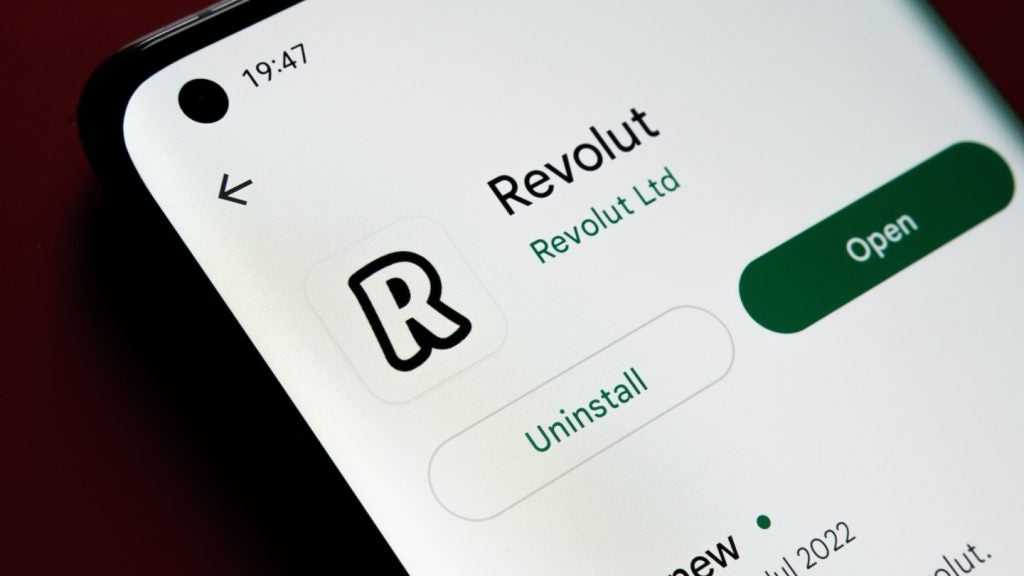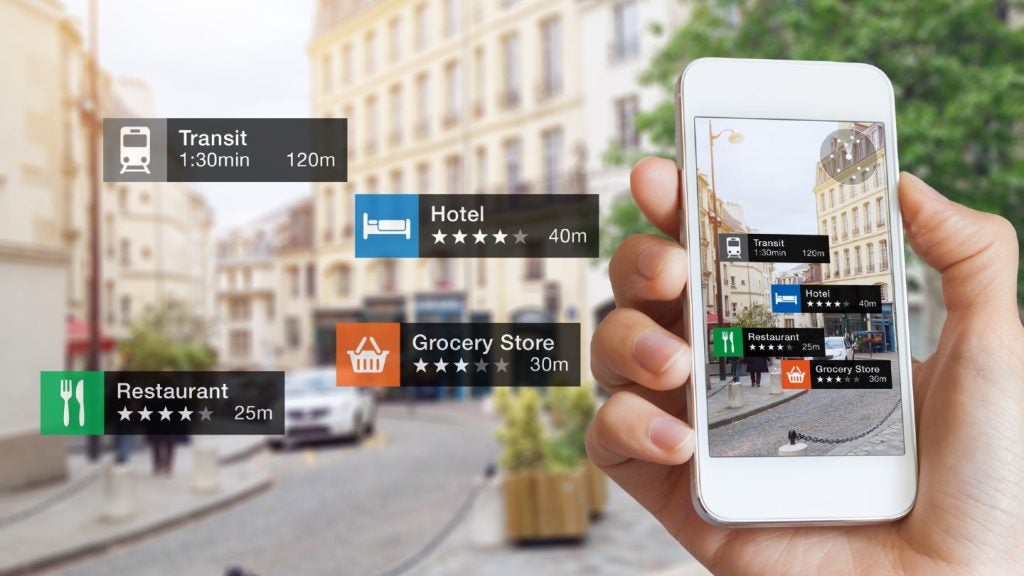
In 2022, the Asia-Pacific real estate market is forecast to have a value of $2,543.5 billion, an increase of 12.8% since 2017 with China, Japan and India are the three largest markets by value according to GlobalData.
The introduction of technology in real estate, PropTech, is changing the way we research, rent, buy or manage property.
The Asian real estate market is experiencing high competition, oversupply and a general slowdown in new developments. Developers must proceed with each development selectively and with caution. Construction costs are also increasing and new government regulations, depending on the market, are applying additional pressures on profit margins.
Buying behaviour is changing too. Historically developers, especially in a buyers’ market, carried a strong brand, a track record and wielded significant influence in the decision making process. However customers are becoming better connected, doing their own research and connecting with peers. As a result, they are turning to self-education. Increasingly property buyers have made their own purchasing decision before contacting a developer. In some instances, virtual, augmented and mixed reality technologies, combine with powerful mobile apps with geolocation allowing buyers to visit multiple homes in a day.
Developers are also turning to these digital technologies to rebalance the relationship between buyers and sellers. They want to fundamentally understand the buying cycle and reconnect with customers early on. They also want to extend the relationship to potential buyers before, during and after a sale.
The following ways to improve quality and experience throughout the buying journey:
How well do you really know your competitors?
Access the most comprehensive Company Profiles on the market, powered by GlobalData. Save hours of research. Gain competitive edge.

Thank you!
Your download email will arrive shortly
Not ready to buy yet? Download a free sample
We are confident about the unique quality of our Company Profiles. However, we want you to make the most beneficial decision for your business, so we offer a free sample that you can download by submitting the below form
By GlobalData- Smart Homes: Building houses that have extra features and capabilities to reflect personas and lifestyles. This includes capabilities such as controlling lights, appliance in the smart home from a mobile device. Solutions include alarming, environmental controls, lighting and multi-play entertainment systems. Rather than buying a home and receiving a pair of keys upon signing a contract, the aim here is to offer a turnkey solution with a personal touch.
- Smart Building: Whether constructing Greenfield or retrofitting Brownfield sites, these include state of the art digital designs. This typically starts with integrating building management systems and access management. Many commercial sites include personalisation (e.g., environmental controls, lighting and shade) through to health and safety features. Developers are helping business owners and occupants gain visibility over disparate systems to improve energy efficiency.
What can we expect it the future from PropTech?
To better service customers and differentiate from the competition, developers will continue to embrace PropTech when engaging customers and prospects around the sale or long-term lease of property.
In the smart home context, developers will look to provide smart homes with an OPEX-based ‘as a service’ pricing model. Instead of opening doors to a new property, home owners of new dwellings can expect state of art connected furnishings with modern appliances. Home owners can also buy insurance and other micro-services from property owners and developers.
And by moving directly into the services industry, developers will be in competition to insurance brokers, but will have better means to offset margin pressure.
In the commercial space, developers are also taking on other responsibilities such as building energy use, equipment maintenance and management, water management, HVAC and lighting and space utilisation through analytics. Increasingly, developers will also work to achieve CSR objectives, such as carbon neutrality and compliance objectives.
Developers who are able to design facilities that reduce costs, increase efficiencies by bringing together disparate assets while increasing employee and customer satisfaction.
Building smart cities
Rather than looking at developments as a single dwelling, building or unit, large scale projects, such as industrial parks or malls, are expanding on the concept of smart services to include traffic lights and parking to alleviate congestion, street lamps and transit systems.
Overtime smart home and buildings will extent to other areas such as the testing and coordination of interconnection points (e.g., street lights with congestion; transit links to bus systems).
Many smart cities in Asia will actually be created as a result of smaller, local developments. Smart cities will be driven from the bottom up in many markets.






Related Company Profiles
CSR Ltd